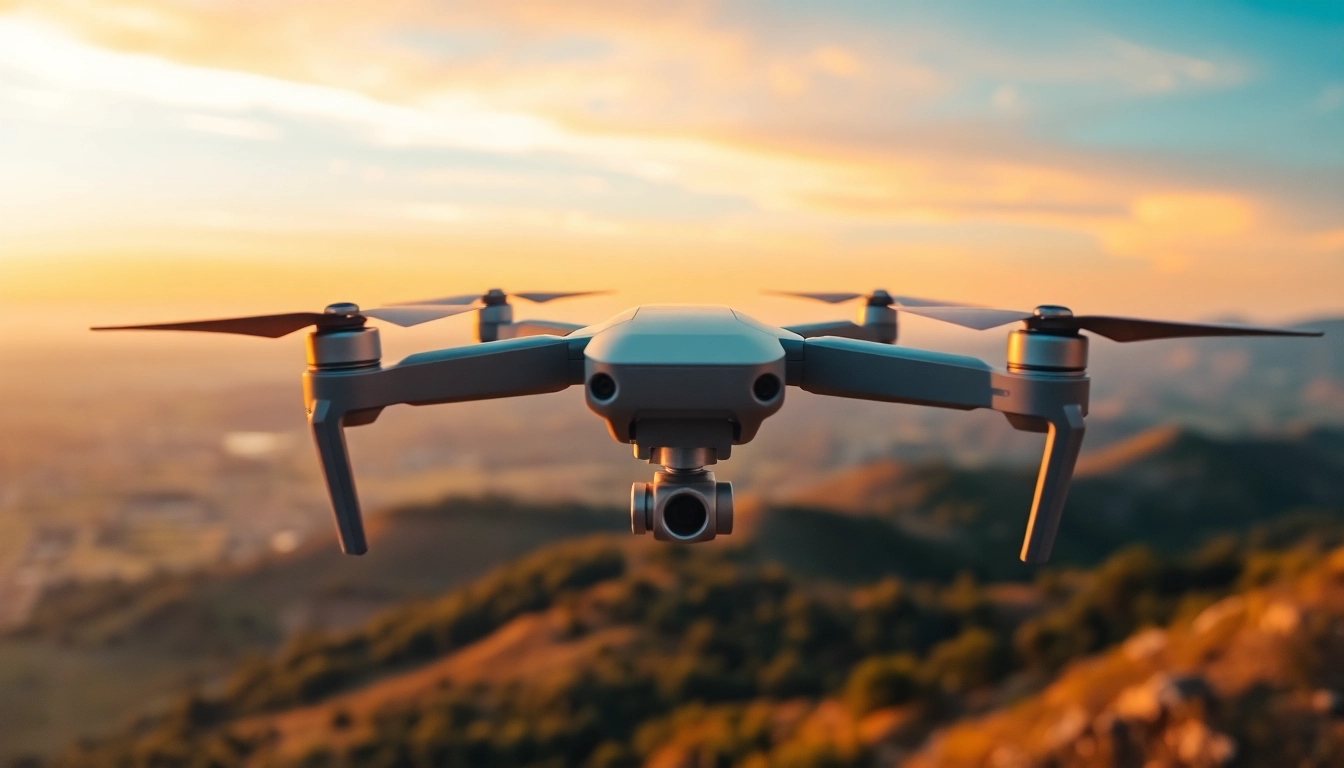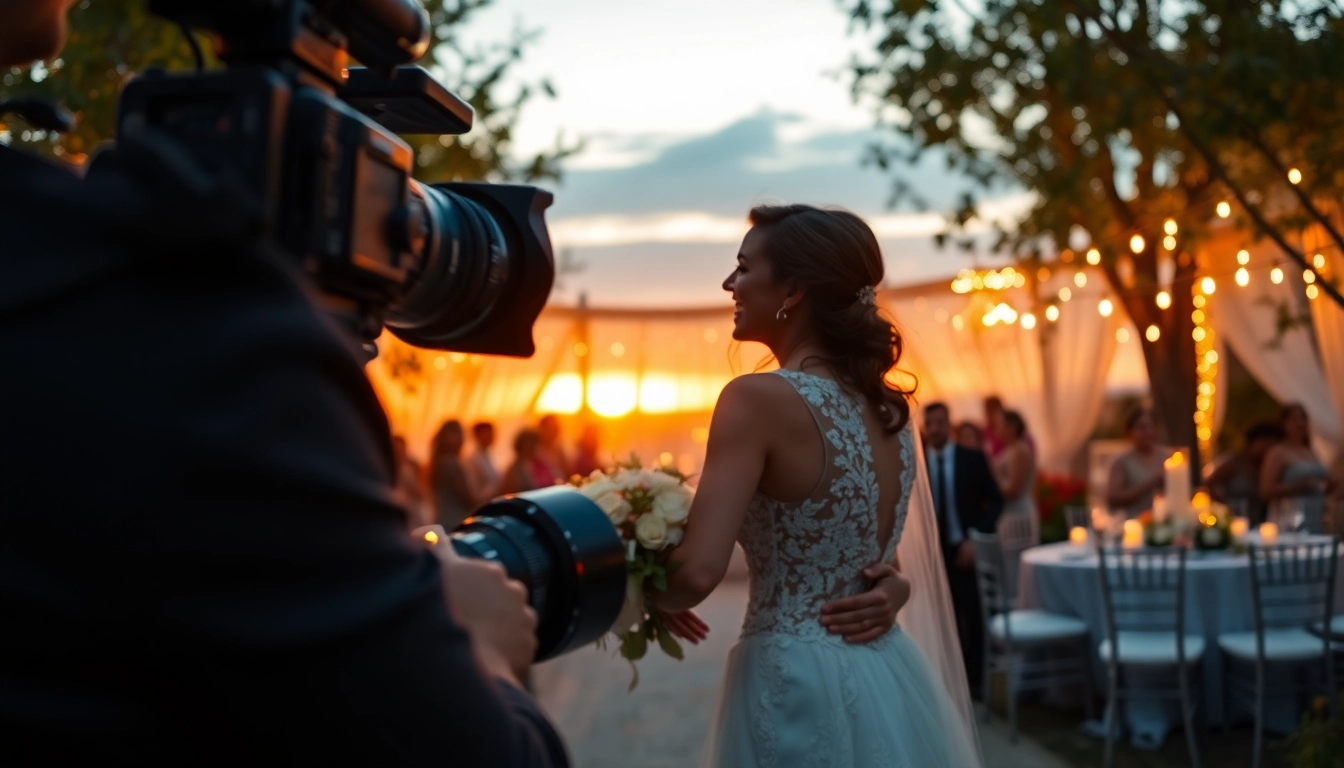Introduction to Drone Photography Editing
In the age of visual storytelling, drone photography editing has emerged as a critical skill for photographers looking to elevate their work. Drones have revolutionized the way we capture aerial imagery, allowing photographers to explore and document scenes from unique perspectives. However, the magic of drone photography doesn’t end with capturing stunning images; it often lies in the post-processing phase. Proper editing can transform a good photograph into a breathtaking masterpiece. Whether you’re a beginner aiming to sharpen your skills or a professional seeking to refine your techniques, understanding the fundamentals of editing drone photography is essential. This article delves deeply into the various aspects of drone photography editing, including essential tools, techniques to enhance images, workflow optimization, and how to measure success in your editing efforts.
Understanding the Basics of Drone Photography
The allure of drone photography lies in the innovative perspectives it offers. Drones can fly at varying altitudes, capturing images that traditional photography simply cannot achieve. However, mastering drone photography requires a solid understanding of several key principles:
- Framing and Composition: Just like in ground-based photography, composition plays a crucial role. Photographers must consider elements such as leading lines, symmetry, and the rule of thirds when framing their shots from the air.
- Lighting Conditions: Aerial photography can vary dramatically based on light conditions. The quality, intensity, and direction of sunlight can significantly alter the mood and quality of your photos.
- Altitude and Angles: Varying your altitude and shooting angles can create dramatically different photographs. Experimenting with various heights can highlight details or create a sense of scale.
The Importance of Editing in Drone Imagery
Editing is not just about enhancing the visual appeal of an image; it can also correct flaws that came from the shooting process. Given the dynamic nature of aerial photography, editing serves several purposes:
- Correcting Exposure: Shots taken under bright sunlight may often wash out details. Editing helps adjust the exposure levels to recover lost details.
- Enhancing Colors: Drones often capture vibrant colors, but in post-processing, these can be further refined to bring out the beauty of a scene.
- Creating Consistency: When working on a series of images, maintaining a consistent look and feel through editing can enhance presentation for portfolios or client projects.
Common Challenges in Editing Drone Photos
While editing drone photos comes with its benefits, it also presents unique challenges:
- Distortion: Wide-angle lenses commonly used in drones can create distortion at the edges of images, necessitating correction during editing.
- Noise Reduction: Low-light conditions can lead to noise in images, and careful editing is needed to reduce this while preserving important details.
- Dynamic Range Issues: High-contrast scenes can present issues regarding dynamic range, requiring skilled adjustments in editing software.
Essential Tools for Drone Photography Editing
Choosing the right tools for editing can make a significant difference in the quality of your final images. Here’s a breakdown of the essential software and equipment needed for effective drone photography editing.
Top Software Options for Beginners
For those new to editing drone photography, there are several user-friendly software options available:
- Adobe Lightroom: November 2023, Lightroom remains a popular choice due to its intuitive interface and powerful editing capabilities, enabling users to adjust exposure, contrast, and color balance easily.
- Adobe Photoshop: While slightly more complex, Photoshop is invaluable for advanced edits and retouching, allowing more detailed manipulation of images.
- Affinity Photo: A cost-effective alternative to Photoshop, Affinity Photo is robust and suits many beginners looking to get into professional editing.
Advanced Tools for Professional Results
As skills progress, professionals may seek more advanced software for quicker and more efficient editing:
- Capture One: Known for its excellent color grading tools and tethering capabilities, Capture One serves as a favorite among professional photographers.
- ON1 Photo RAW: This software integrates editing tools and organization features, making it popular among professionals managing large collections of images.
- Final Cut Pro or Adobe Premiere Pro: For those who expand their work into video, these tools are essential for editing aerial footage.
Choosing the Right Equipment for Editing
In addition to software, the hardware used for editing can significantly affect efficiency and results:
- Monitor: High-resolution monitors with accurate color reproduction are essential for editing photos to ensure colors appear true to life.
- Graphics Card: A strong GPU can accelerate rendering times and improve the performance of editing software, especially when working with high-resolution images.
- Calibration Tools: Investing in calibration tools ensures that your monitor displays colors accurately, crucial for precise editing.
Techniques to Enhance Drone Photography
With the right tools in hand, photographers can use various techniques to transform their drone images into stunning visual narratives.
Color Correction and Grading for Aerial Shots
The depth and richness of colors in drone images can often be heightened through effective color correction and grading:
- Utilizing RGB Curves: Adjusting the red, green, and blue channels individually allows for precise control over color balance and overall image tone.
- White Balance Adjustment: Drones can sometimes capture images with incorrect white balance due to varying light conditions, and correcting this in post-processing is crucial.
- Creating a Color Palette: Consistency in color across a series of images can enhance storytelling, and developing a unique palette can help establish personal style.
Applying Filters and Effects Wisely
Filters can be powerful tools in editing drone photography, but they should be applied thoughtfully:
- Graduated Neutral Density Filters: Simulating these filters in post-processing can help balance exposures in high-contrast scenes.
- Vignette Effects: A subtle vignette can draw focus to the center of the image, emphasizing key elements without overdoing it.
- Smoothing Textures: Using effects to smooth out textures or create artistic blurs can add artistic flair, especially in landscape photography.
Sharpening Images without Losing Quality
Sharpening is crucial in drone photography, especially for images taken at a distance, but it must be done with care:
- Use of Unsharp Mask or Clarity Tool: These tools allow for fine adjustments that sharpen while preserving the integrity of the image.
- Targeted Sharpening: Instead of applying sharpening across the board, selectively sharpening the focal points can maintain a natural look.
- Check in Different Resolutions: Always review sharpening at various zoom levels to ensure the adjustments appear natural and effective.
Best Practices for Workflow Optimization
An efficient editing workflow is critical for maximizing productivity, allowing photographers to focus on creativity rather than get bogged down in technical details.
Organizing Your Drone Footage Effectively
Proper organization of footage can streamline the editing process:
- Folder Structures: Create a logical folder hierarchy by date, location, or project type to easily locate files.
- Using Metadata: Utilize tags and metadata effectively to enhance file searchability. This is particularly useful when working with large libraries of images.
- Consistent Naming Conventions: Naming files systematically can help you maintain order and quickly identify images based on their content or shoot.
Time-Saving Tips for Efficient Editing
Speeding up your editing process frees you to focus on creativity and improving your skills:
- Presets and Templates: Create or use existing presets for common adjustments to apply baseline changes swiftly across multiple images.
- Batch Processing: Many software options allow batch processing, which can save time on repetitive tasks such as resizing or applying filters.
- Keyboard Shortcuts: Mastering keyboard shortcuts for your editing software can significantly speed up your workflow.
Collaboration Tools for Drone Photography Projects
In projects involving multiple collaborators, teamwork tools can improve communication and efficiency:
- Cloud Storage Solutions: Services like Google Drive or Dropbox enable teams to share and access high-resolution images easily.
- Project Management Tools: Platforms like Trello or Asana help organize tasks and timelines, keeping the editing process on track.
- Feedback Systems: Using dedicated proofing and feedback tools can streamline the revision process and ensure everyone is on the same page.
Measuring Success in Drone Photography Editing
To continually improve and assess the effectiveness of your editing, it is essential to measure success against specific criteria.
Evaluating the Impact of Your Edits
Understanding how your edits affect the outcome of images can guide future editing decisions:
- Before and After Comparisons: Keeping a record of original and edited versions allows you to see the differences and learn from individual edits.
- Client Feedback: Soliciting feedback from clients or peers can provide insights into what works and what doesn’t, helping refine your editing approach.
- Social Media Engagement: Monitoring how your edited images perform on social platforms can give insight into audience preferences.
Gathering Feedback and Making Improvements
Constructive criticism is vital for growth as an editor:
- Peer Reviews: Organizing regular peer review sessions within a photography group can open pathways for new techniques and perspectives.
- Online Communities: Platforms like forums or social media groups dedicated to drone photography can be excellent sources for feedback and insights.
- Tutorials and Workshops: Engaging with professional workshops or online tutorials can provide new ideas to incorporate into your editing process.
Case Studies: Successful Drone Photography Projects
Analyzing successful drone photography projects can offer valuable lessons on effective editing techniques:
- National Geographic’s Aerial Series: Their use of color grading and compositional framing demonstrates how professional editing processes enhance storytelling.
- Weddings and Events: Many drone photographers have successfully documented weddings and large gatherings, relying on editing to create cohesive visual narratives.
- Real Estate Photography: Examining various real estate projects reveals how effective editing can elevate properties’ visual appeal through precise color correction and layout optimization.



